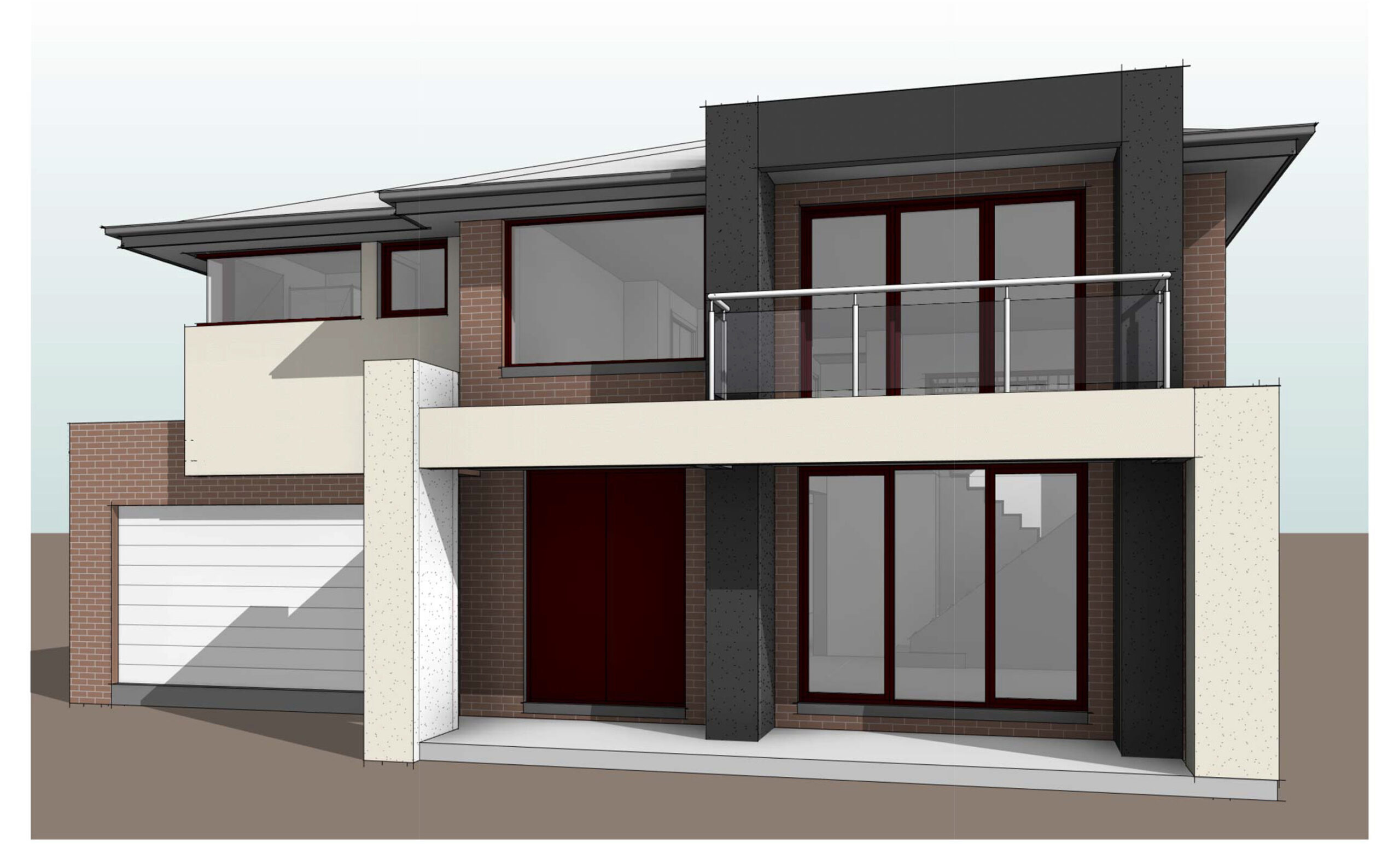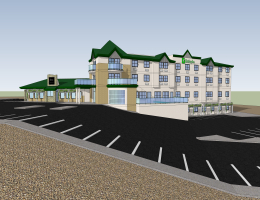BIM for Facility Management: Enhancing Building Operations and Maintenance from OCW
Posted on : Jul 13, 2023
Introduction
In the fast-paced world of construction and real estate, the effective management of facilities is crucial for ensuring smooth operations and maintenance of buildings. As technology continues to advance, new tools and approaches are emerging to streamline facility management processes. Building Information Modeling (BIM) is one such innovation that has revolutionized the way buildings are designed, constructed, and managed. In this article, we will explore the role of BIM in facility management and how it enhances building operations and maintenance.
Understanding Facility Management
Facility management encompasses a wide range of activities that are essential for the effective operation, maintenance, and management of buildings. It involves tasks such as space planning, asset management, preventive maintenance, energy management, and safety compliance. The goal of facility management is to ensure that buildings function efficiently, provide a safe and comfortable environment for occupants, and align with the organization’s objectives.
Introduction to Building Information Modeling (BIM)
Building Information Modeling, or BIM, is a digital representation of the physical and functional characteristics of a building. It involves creating a virtual model that encompasses the building’s geometry, spatial relationships, geographic information, and other relevant data. BIM provides a collaborative platform where architects, engineers, contractors, and facility managers can work together to design, construct, and manage buildings throughout their lifecycle.
BIM and Facility Management Integration
The integration of BIM into facility management processes offers numerous benefits. By utilizing the BIM model, facility managers can access comprehensive information about the building, including its structure, systems, components, and maintenance history. This integration allows for seamless communication and coordination between different stakeholders involved in the facility management process.
Benefits of BIM in Facility Management
Enhanced Collaboration and Communication
BIM facilitates effective collaboration and communication among stakeholders. By working on a shared platform, architects, engineers, contractors, and facility managers can exchange information, make real-time updates, and address issues more efficiently. This level of collaboration reduces errors, minimizes rework, and improves overall project coordination.
Streamlined Data Management
With BIM, facility managers have access to a centralized database containing detailed information about the building’s assets, equipment, and maintenance schedules. This streamlines data management and eliminates the need for manual record-keeping. Facility managers can easily retrieve accurate information, track assets, and schedule maintenance activities, leading to improved operational efficiency.
Improved Building Maintenance
BIM enables proactive maintenance by providing real-time insights into the condition of building components. Facility managers can monitor the performance of systems, identify potential issues, and plan maintenance activities accordingly. This preventive approach minimizes downtime, reduces costly repairs, and extends the lifespan of building assets.
Cost Savings and Efficiency
By leveraging BIM, facility managers can optimize resource allocation and reduce operational costs. The detailed information available in the BIM model helps identify energy inefficiencies, allowing for targeted energy management strategies. Additionally, BIM aids in space utilization, enabling facility managers to maximize the use of available space and avoid unnecessary expansion.
Challenges and Limitations of BIM in Facility Management
While BIM offers significant advantages, its implementation in facility management can present challenges. Some of the common hurdles include the initial cost of adopting BIM technology, interoperability issues between different software platforms, and the need for skilled professionals to operate and maintain the BIM model. Overcoming these challenges requires careful planning, training, and a clear understanding of the organization’s goals and requirements.
Overcoming Implementation Challenges
To successfully implement BIM in facility management, organizations should develop a comprehensive strategy. This strategy should include defining clear objectives, selecting suitable BIM software, providing training to staff, and establishing protocols for data sharing and collaboration. By taking a systematic approach, organizations can overcome implementation challenges and maximize the benefits of BIM.
BIM and Internet of Things (IoT) Integration
The integration of BIM with the Internet of Things (IoT) holds immense potential for facility management. IoT devices can collect real-time data on building performance, such as energy consumption, occupancy levels, and environmental conditions. By combining this data with the BIM model, facility managers can gain valuable insights into the building’s operations, identify areas for improvement, and optimize resource allocation.
The Future of BIM in Facility Management
As technology continues to advance, the future of BIM in facility management looks promising. The integration of artificial intelligence, machine learning, and predictive analytics with BIM has the potential to revolutionize how buildings are managed. These advancements will enable facility managers to make data-driven decisions, improve energy efficiency, enhance occupant comfort, and ensure the longevity of building assets.
Conclusion
Building Information Modeling (BIM) has emerged as a powerful tool for facility management, offering numerous benefits such as enhanced collaboration, streamlined data management, improved maintenance, cost savings, and efficiency. While challenges exist, organizations can overcome them by developing a comprehensive implementation strategy. With the integration of BIM and emerging technologies like the Internet of Things (IoT), the future of facility management looks promising, paving the way for smarter, more sustainable buildings.
FAQ
Q1: Can BIM be used for existing buildings or only for new construction projects?
A1: BIM can be used for both existing buildings and new construction projects. By creating a digital model of an existing building, facility managers can leverage BIM for effective facility management.
Q2: How does BIM improve collaboration among different stakeholders in facility management?
A2: BIM provides a shared platform where architects, engineers, contractors, and facility managers can collaborate, exchange information, and address issues in real-time, resulting in improved project coordination.
Q3: Can BIM help in optimizing energy consumption in buildings?
A3: Yes, BIM can help facility managers identify energy inefficiencies and develop targeted energy management strategies, leading to optimized energy consumption and cost savings.
Q4: What are the key considerations for implementing BIM in facility management?
A4: Key considerations include defining clear objectives, selecting suitable BIM software, providing training to staff, and establishing protocols for data sharing and collaboration.
Q5: How can the integration of BIM and IoT benefit facility management?
A5: The integration of BIM and IoT enables facility managers to collect real-time data on building performance, gain insights into operations, and optimize resource allocation for improved efficiency.




